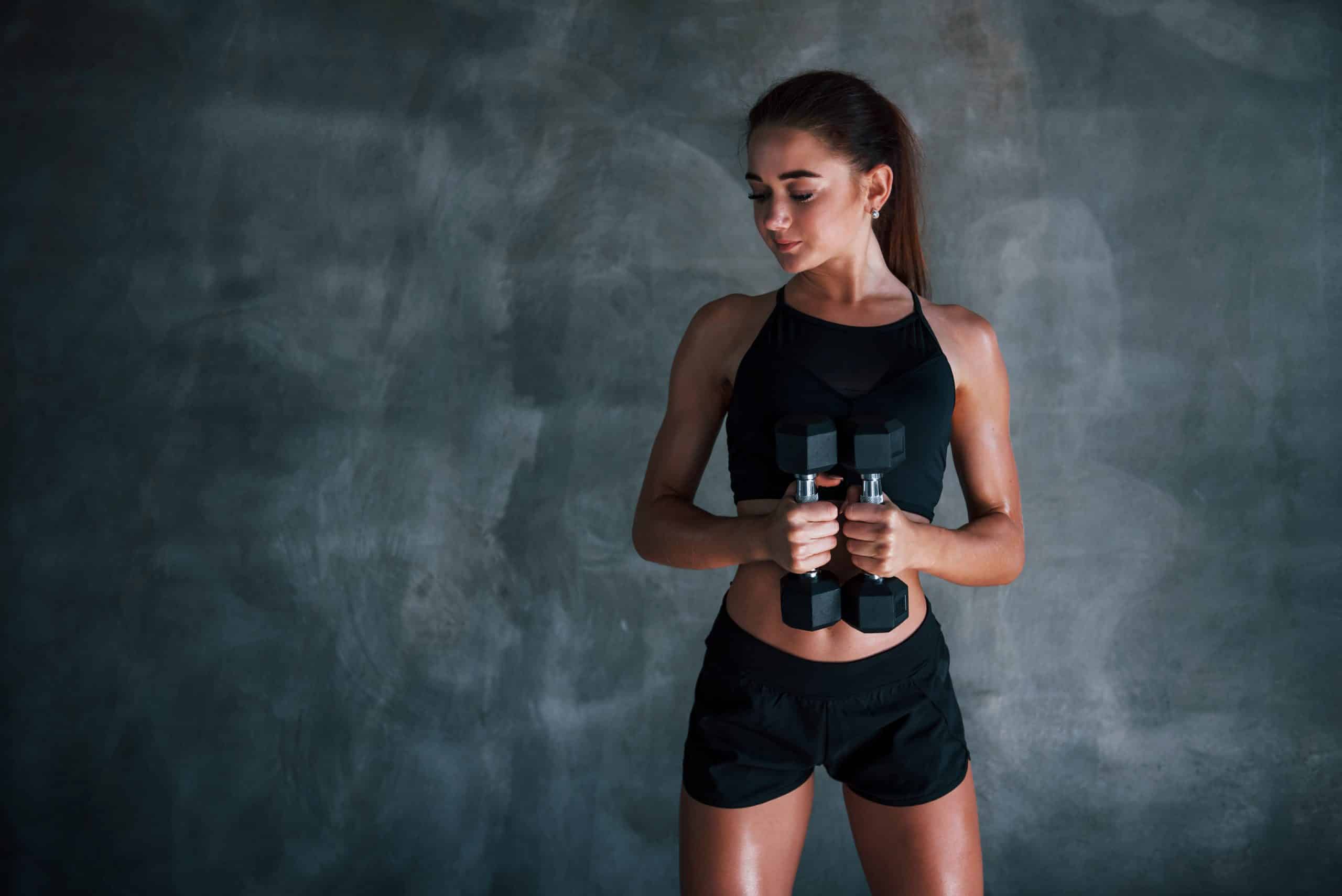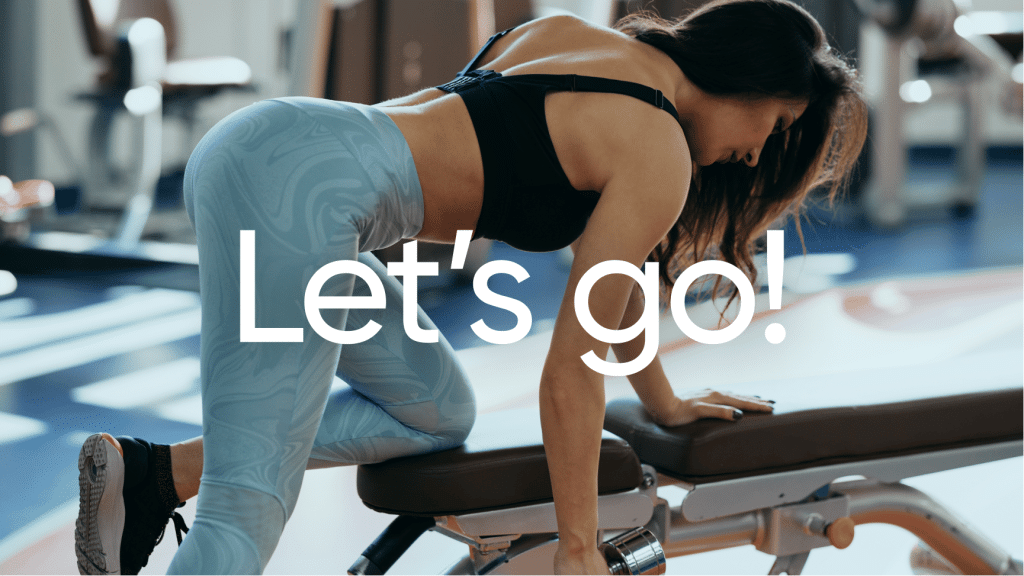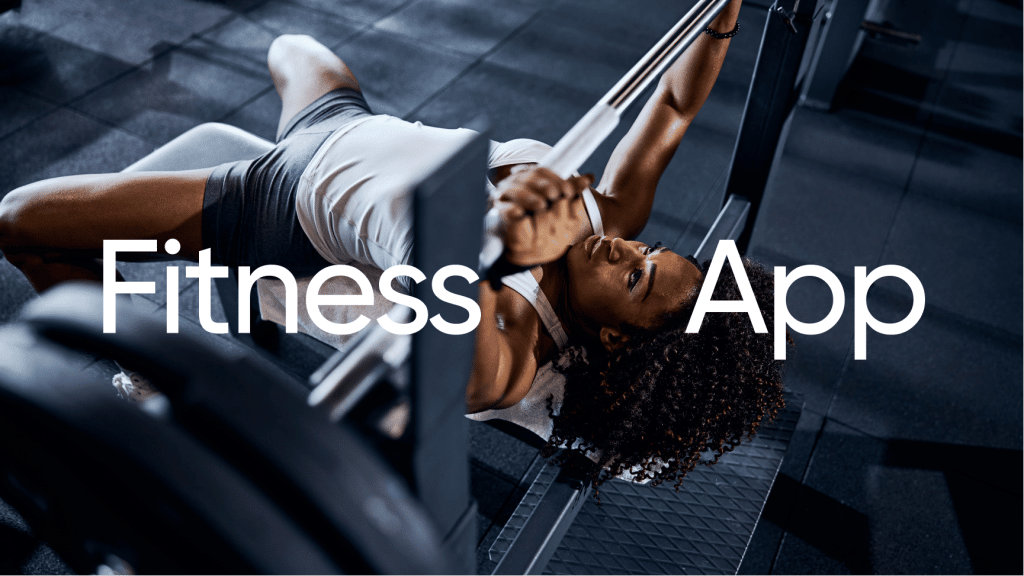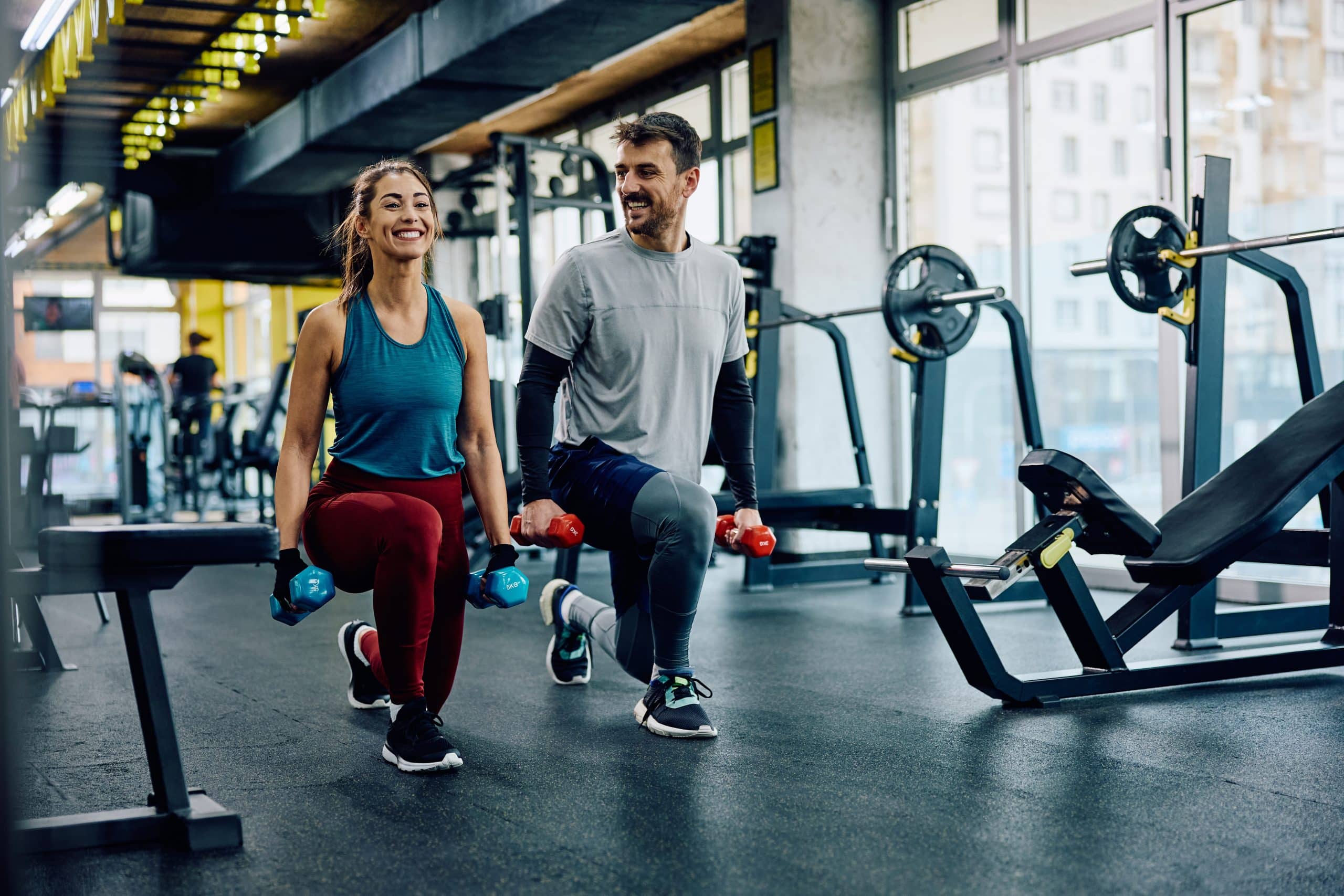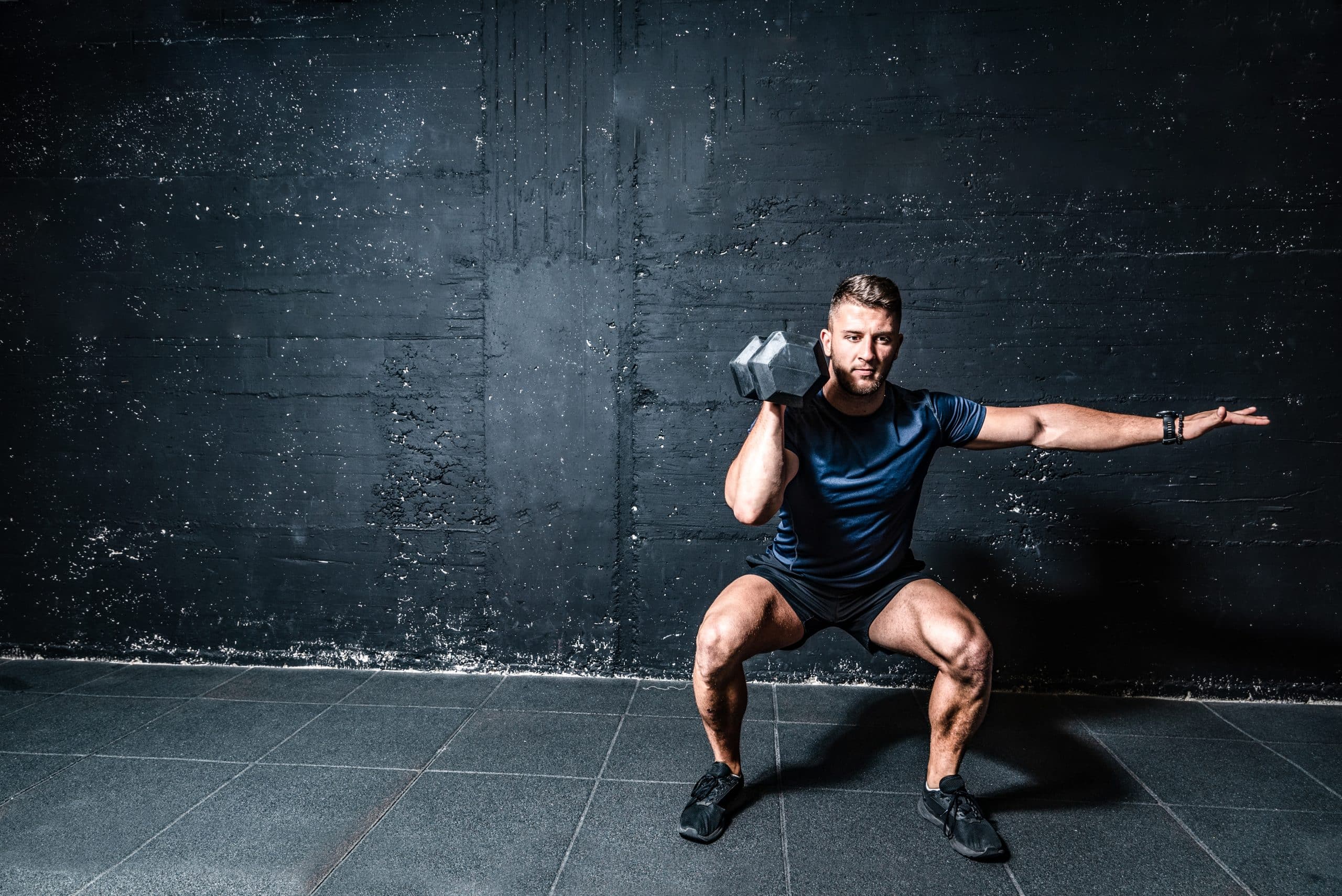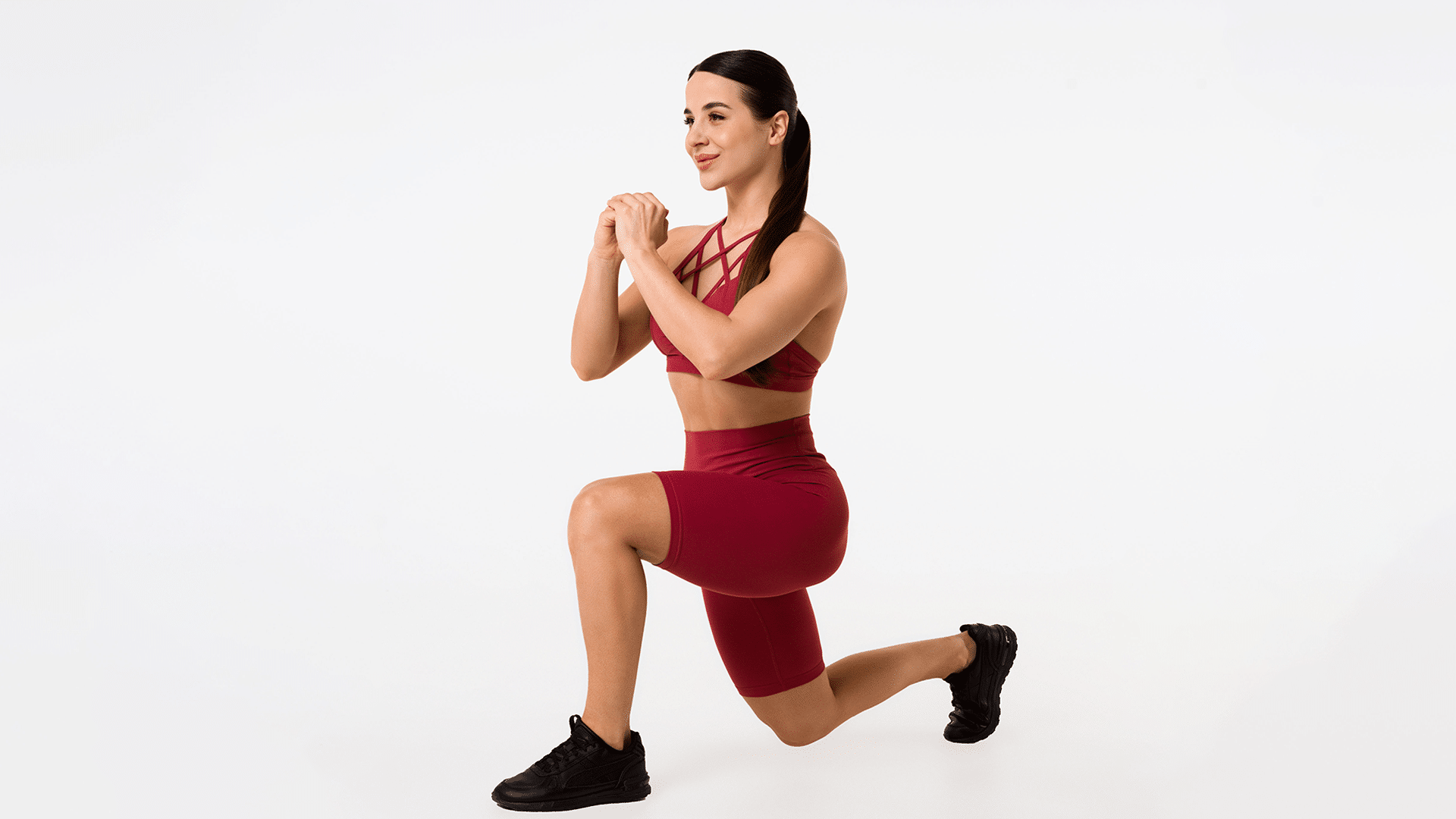Cycling is all about the force you exert on the pedals. That force produces power, and it makes the cycle go faster. Many cyclists today seek the ability to move at a higher pace with relatively less effort. This desire compels them to look for ways to increase strength. Muscles like the quadriceps should be strong to generate more force. At the same time, smaller muscle groups should also have the strength to relieve pressure from the large ones. While cycling, there are instances where you need more power to move the pedals, like when you are charging uphill, accelerating, or sprinting. It could be tough to find enough strength to accomplish these movements. Weight training for cyclists helps build a more robust system of muscles which are your prime movers while on the bike. Cyclists tend to feel less fatigue with aerobically strong cores and muscles. If you love to cycle and are wondering if you should opt for a weight training program, this article might help to get a better perspective.
Is Weight Training Good For Cyclists?
Everyone needs to incorporate weight training into their regular exercise routine. But there are some specific reasons why cyclists should prioritize it.
Although cycling helps to improve muscular strength, aging brings a natural decline in muscle mass that can be slowed or reversed with the right strength training. Some significant benefits may come your way if you include weight training in your regular workout.
A few of them are:
It Preserves Muscle Mass
Improved muscular strength improves performance, which is the biggest motivation for cyclists. Those who participate in races like an endurance race, might notice a visible difference in their speed, power, and race times after doing some full weight training workout for cyclists.
A study followed a group of cyclists training for 12 weeks. They later participated in a racing program for 13 weeks. The participants were divided into two groups according to their training. One group had to do endurance training, while the other also covered weight training in its program.
During the competition, the second group (with weight training) improved their leg power more than the other group (1). Furthermore, a weight training program for cyclists may also help to improve the cycling economy, time to exhaustion, work efficiency, and force development (2).
Read More: Safe Cycling: Bike Safety For Kids And Pro Cyclists
It Improves Coordination
Whether you lift free weights or perform bodyweight resistance exercises, there are certain balance and coordination components to your movements. This creates neural pathways for balance and develops small muscles to help your stability.
Cyclists who fail to maintain balance and coordination as they progress feel inappropriate stress on their weak muscles. An established weight training routine helps keep balance and coordination at a higher level for years to come. The higher your overall fitness and coordination are by middle age, the more fitness and coordination you can maintain as you grow older.
Regular cycling helps to improve strength in the glutes and quads. Meanwhile, the hip flexors and hamstrings fall behind. Weight training focusing on these muscles can prevent or correct problematic muscle imbalances.
It Helps To Prevent Pain And Injuries
Regular cyclists may not notice it but they gradually lose their core musculature strength. The risks of knee pain and injuries are likely to increase due to this weakness (3).
Therefore, finding the best schedule for weight training cyclists will keep them focused on improving their muscular strength. It also reduces core fatigue, knee pain, and injuries frequently experienced by cyclists (4).
Cycling is a great sport that many people love. If this describes you, push yourself for weight training. Even two sessions per week will improve your fitness and strength. You will find a substantial improvement in performance measures and muscle imbalances. It is easy to focus on cycling only, but you won’t regret your time on weight training for cyclists.
How Often Should A Cyclist Lift Weights?
Have you finally decided to add weight training for cyclists to your workout plan? Now you need the best schedule for weight-training cyclists to ensure you are reaching your milestones.
It is essential to consider the current season before you create a weight-lifting plan. During winter, lift 2 to 3 days per week and aim for improved strength. On the contrary, during spring, when races are at their peak, lift once or twice weekly and don’t fret about increasing intensity.
It would be best if you remember some rules when finding weight-training for cyclists:
For many exercises, your body is the only weight you need. All you have to do is add a sturdy platform for step-ups, and you can work on your desired muscle group.
Consider lifting weights after easy rides when your body is warmed up, but you aren’t tired. Also, include gentle stretching in this routine. Around 20 minutes in the winter and 10-15 minutes in the summer will be enough.
Keep in mind that your body is your greatest treasure. It is better to lift a little weekly than overdose on iron supplements, sustain injuries, and quit!
Reasons why BetterMe is a safe bet: a wide range of calorie-blasting workouts, finger-licking recipes, 24/7 support, challenges that’ll keep you on your best game, and that just scratches the surface! Start using our app and watch the magic happen.
How Much Weight Training Do Cyclists Do?
Weight training for cyclists comes with many benefits. If you have decided to hit the gym, it is vital to know how much weight training cyclists do. But if you haven’t lifted weights before, take 8 – 15 sessions with light weights.
The initial lifting sessions should focus on form and getting your body used to the movements. This is where high-rep lifting and the low weight comes into play.
After you have gone through the adaptation phase, you can begin using the bar and add more weights. The best way to get into weight training is to break the lifting into different focus areas. Ideally, a weight training plan for cyclists should work on the following:
- Rotary stability to learn to lock the rib cage and hips and produce more power
- Improved neck and shoulder health
- Better breathing patterns and posture of the upper body
- Improved hip strength for inner thighs and glutes
A streamlined weight training program won’t help you create six-pack abs. But it will significantly improve your cycling performance.
What Should A Cyclist Do At The Gym?
If you wish to get the most rewards from your weight training, you should work out throughout the year. The frequency of these sessions may vary according to the season, but consistency must be maintained if you aim for sustainable results.
Here is a rundown of what a cyclist should do at the gym:
Lower Body Strength
Single Leg Bridge
- Lie face-up on a mat
- Bend legs with heels kept close to the butt
- Keep your feet on the floor and rest your arms on the sides
- Raise one leg towards the ceiling while keeping knees aligned
- Engage your glutes and lift your butt upwards to make a straight line from shoulder to knees
- Pause up there
- Lower down and repeat the set
Squats
- Stand with your feet shoulder-length apart and toes slightly outwards
- Clasp your hands in front of your chest
- Take your hips downwards and bend your knees to squat down until your hips are below the knee-level
- Press through the feet
- Straighten the legs to stand again
- Repeat
Lunges
- Stand with your feet kept hip-width apart, then shift the weight so you can balance on one foot
- Bend at the left knee, ankle, and hip while keeping the right foot at the back
- Gently position the right foot on the ground while bending your knee
- Lower down, both knees bending at 90 degrees. Keep the front thigh parallel to the floor and the back knee hovering above it.
- Press your left front foot into the floor to stand again
- Repeat on the opposite side
Single Leg Deadlift
- Stand with your feet hip-apart and parallel
- Hold a kettlebell or a dumbbell in your hands down in front of you
- Lean forward in your hips while shifting the weight to one leg while the other leg extends behind you
- Lift the extended leg and pitch your body forward until your arms make a “T” shape
- Your arms should hang downwards as you hold onto your weight
- Keep a slight bend in the standing leg
- Slowly bring your extended leg forward and move back into the standing position
- Repeat with the opposite side
Read More: Treadmill Workouts FAQ: How To Choose A Treadmill, Popular Treadmill Workouts & More
Core Workout
Russian Twists
- Sit on the floor with bent knees and hands on the floor
- Hold dumbells in both hands towards your chest while keeping your shoulders relaxed
- Lean back from the hips until your abs engage
- Keep heels on the floor and arms close to your body
- Twist from waist towards left
- Then twist back towards the center
- Then twist towards the right
- Then go back to the center
- Continue this alternation
Bicycle Crunches
- Lie down with your back on the floor and press your lower back onto the floor
- Keep your knees bent while keeping your feet flat on the floor
- Place your hands behind your head, keep your elbows wide, and cradle your head in your hands
- Brings knees upwards with shins kept parallel to the floor as you lift shoulder blades from the floor
- As you straighten the left leg outwards t a 45-degree angle, turn your upper body towards the right side and bring your left elbow towards the right knee
- Return to center with both knees bent, and elbows kept wide
- Repeat on the opposite side
- Return to the initial position to complete a single rep
BetterMe app will provide you with a host of fat-frying fitness routines that’ll scare the extra pounds away and turn your body into a masterpiece! Get your life moving in the right direction with BetterMe!
Back And Shoulder Strength
Reverse Fly
- Stand with your feet kept at a shoulder-width distance while holding dumbbells at the sides
- Press your hips back in the hinges motion and bring your chest forward so that it is parallel to the floor
- Let the weights hang downwards as you maintain a straight back and a tight core
- Raise both arms to the sides as you exhale and keep a soft bend in the elbows
- Squeeze your shoulder blades as you pull them towards the spine
- Lower the weight back to the initial position when you inhale
- Avoid hunching your shoulders and keep your chin tucked to maintain a neutral spine position
Renegade Row
- Start in a high plank posture while keeping wrists under the shoulders
- Keep your hands on two dumbells
- Keep your feet at a shoulder distance
- Bend elbows and lower body towards the floor
- Push your body back upwards to perform a push-up
- Keep your back straight and hips at a level
- Pull the right dumbbell towards the right side of the rib cage
- Return the dumbbell to the floor
- Pull the left dumbbell towards the left side of the ribs
- When you return the dumbbell back to the floor, you have completed one rep
Sometimes, you may be unable to attend the gym or seek professional assistance. Seeking help from online resources and weight training at home is also a viable option. It is important to remember that some weight training is better than none.
For starters, you must identify the weak muscle groups and devise a strategy to enhance their function. Asking a professional will be a wise move as there are some factors that matter. For instance, weight training for women cyclists is different than for men.
The Bottom Line
Cyclists who worry about added weight can rest assured that they will get strong and lean but not bulky. This is because weight training for cyclists is meant to improve your abilities on the bike. It gives you more power and speed and lowers the risks of injuries.
Once you have built a solid functional strength, it is easy to maintain through weight training once a week. So, even if you are a time-crunched cyclist, figure out a way to add weight training to your workout plan and look forward to beating the competition like a champ!
DISCLAIMER:
This article is intended for general informational purposes only and does not address individual circumstances. It is not a substitute for professional advice or help and should not be relied on to make decisions of any kind. Any action you take upon the information presented in this article is strictly at your own risk and responsibility!
SOURCES:
- In-season strength maintenance training increases well-trained cyclists’ performance (2010, pubmed.gov)
- Maximal strength training improves cycling economy in competitive cyclists (2010, pubmed.gov)
- Relationship between cycling mechanics and core stability (2007, pubmed.gov)
- Strength Training Improves Fatigue Resistance and Self-Rated Health in Workers with Chronic Pain: A Randomized Controlled Trial (2016, ncbi.gov)
